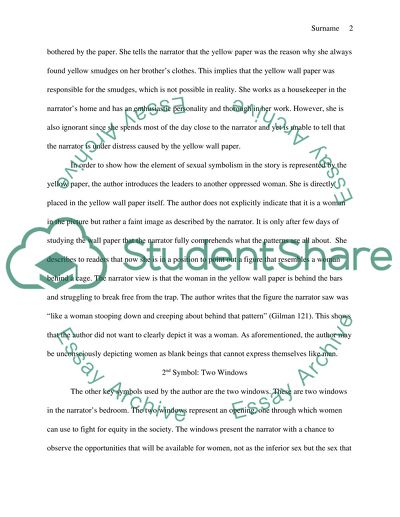Cite this document
(“The Yellow Wall-Paper Research Paper Example | Topics and Well Written Essays - 1500 words”, n.d.)
The Yellow Wall-Paper Research Paper Example | Topics and Well Written Essays - 1500 words. Retrieved from https://studentshare.org/literature/1493071-the-yellow-wall-paper
The Yellow Wall-Paper Research Paper Example | Topics and Well Written Essays - 1500 words. Retrieved from https://studentshare.org/literature/1493071-the-yellow-wall-paper
(The Yellow Wall-Paper Research Paper Example | Topics and Well Written Essays - 1500 Words)
The Yellow Wall-Paper Research Paper Example | Topics and Well Written Essays - 1500 Words. https://studentshare.org/literature/1493071-the-yellow-wall-paper.
The Yellow Wall-Paper Research Paper Example | Topics and Well Written Essays - 1500 Words. https://studentshare.org/literature/1493071-the-yellow-wall-paper.
“The Yellow Wall-Paper Research Paper Example | Topics and Well Written Essays - 1500 Words”, n.d. https://studentshare.org/literature/1493071-the-yellow-wall-paper.


